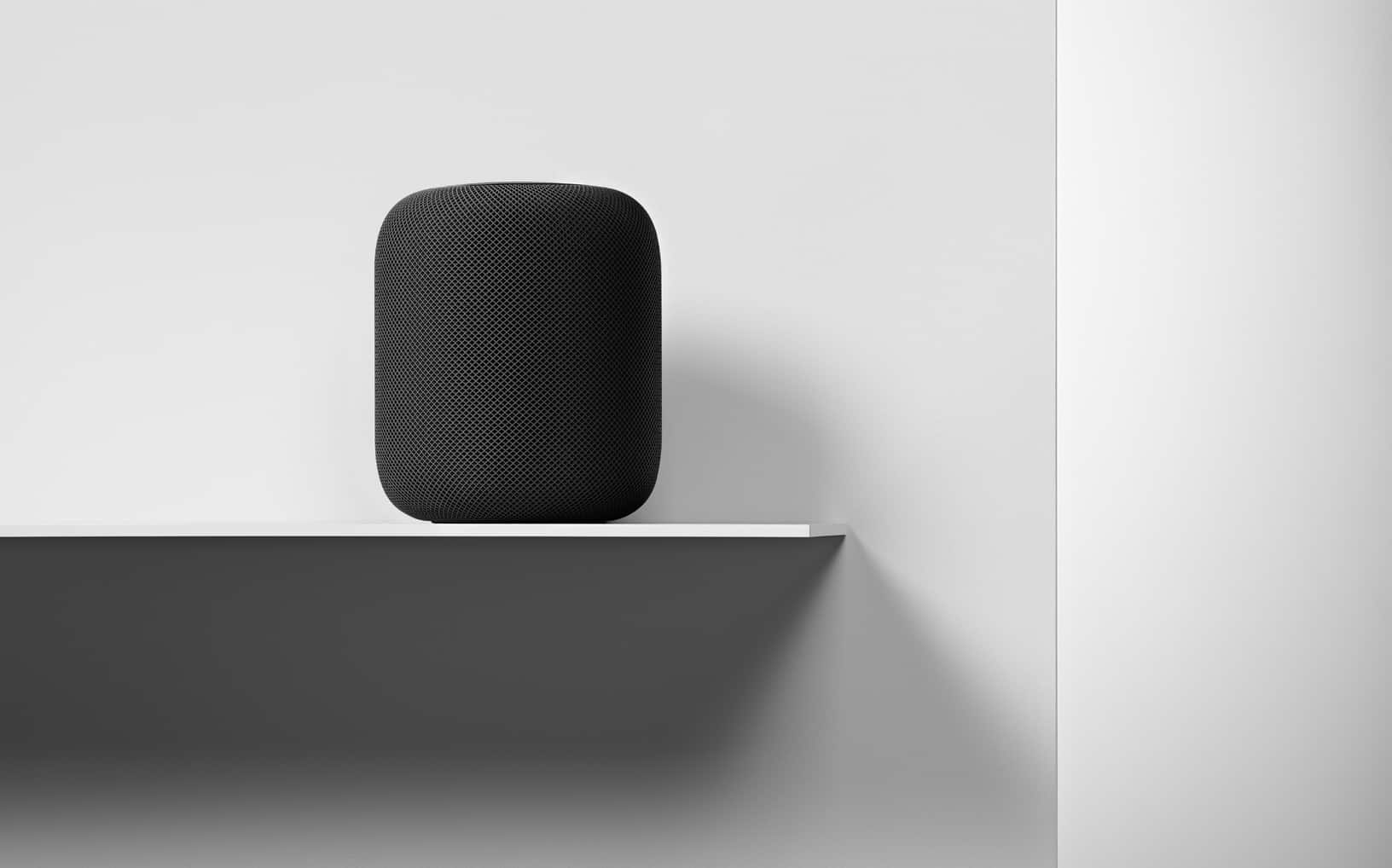Apple’s upcoming HomePod mini smart speaker and sixth-gen Apple TV will both function as ultra wideband base stations, according to Apple tipster Jon Prosser.
This means they will be able to track your location as you move inside your house, if you are carrying another device boasting an Apple U1 chip (like an iPhone 11 or Apple Watch Series 6).
Can also be used in the Find My app when you’re away from home to alert you if any of your devices have been moved within or taken from your home.
— Jon Prosser (@jon_prosser) October 12, 2020
According to Prosser, this will make these upcoming devices key components for home automation. The location data about users could prove useful for media controls, turning off and on lights, raising and lowering volume, and controlling door locks.
This could make HomePod mini and the next-gen Apple TV two of the most important parts of Apple’s smart-home strategy since the company introduced the HomeKit home-automation platform way back in 2014.
The rise of ultra wideband
The U1 ultra-wideband chip debuted last year with the iPhone 11. The U1 chip allows the iPhone to detect its exact position relative to other devices in the same room. This gives it a sense of spatial awareness with incredibly high granularity. Currently, users can use ultra wideband to more accurately transfer AirDrop files. Eventually, the ultra-wideband tech reportedly will power Apple’s eagerly anticipated (but still MIA) AirTags trackers.
At the time of the iPhone 11 launch, Wired described ultra wideband as “Bluetooth on steroids.” In an article that compared ultra wideband to Bluetooth Low Energy and Wi-Fi, the magazine said UWB “has a few key advantages over those:
It’s more accurate, for one, able to pinpoint objects in space within a 30-centimeter range. By contrast, the current generation of Bluetooth devices have location accuracy of about a meter. That’ll improve once hardware catches up to the latest Bluetooth 5.1 spec, but for now, UWB is more accurate by orders of magnitude. And it can transfer data faster too; up to 8 megabits per second in mobile devices, about four times what Bluetooth can currently manage. UWB operates on a wide frequency band, allowing it to pass through walls more easily than some of its RF counterparts. It can provide positioning updates as often as every 100 milliseconds. And it doesn’t interfere with other mainstream RF signals like Wi-Fi.
HomePod mini at Apple event?
Apple’s HomePod mini is expected to be unveiled at Tuesday’s “Hi, Speed” event.
It’s not yet clear exactly when the new Apple TV will be released, though. Apple previously launched its set-top TV boxes at various times of year. The first model, in 2007, came out in January. The second launched in September 2010. The third arrived in March 2012. A minor revision came out in January 2013. The fourth-gen shipped in October 2015. And the latest landed in September 2017.
What do you think of Apple’s ultra-wideband tech? Let us know your thoughts in the comments below.


